Ten years ago? That’s not very long. What could’ve changed since then?
Remember the Great Recession? Financial numbers were so scary that many have decided to forget them. Mortgage rates were about four to five percent, if you could get a bank to listen to you. For a while, inflation was so low it was negative. Deflation was possible. The Dow Jones Industrial Average was below 7,000. People were worried. Institutions were worried. People were worried about institutions. Institutions were worried about people. There was a lot of worry going on.
The Space Shuttle’s last flights were being scheduled. The Space Station was over twenty years old. Boeing’s 787 was about to take its first flight. The modern convenience of flight had become the modern inconvenience of taking off jackets, belts, and shoes. The phones we pulled from our pockets were more likely to be smartphones, which were sometimes used for making phone calls. Why fly when you can video chat from anywhere? There’s an app for that. If only people could figure out how to use Facebook and Twitter. Maybe they’re just fads.
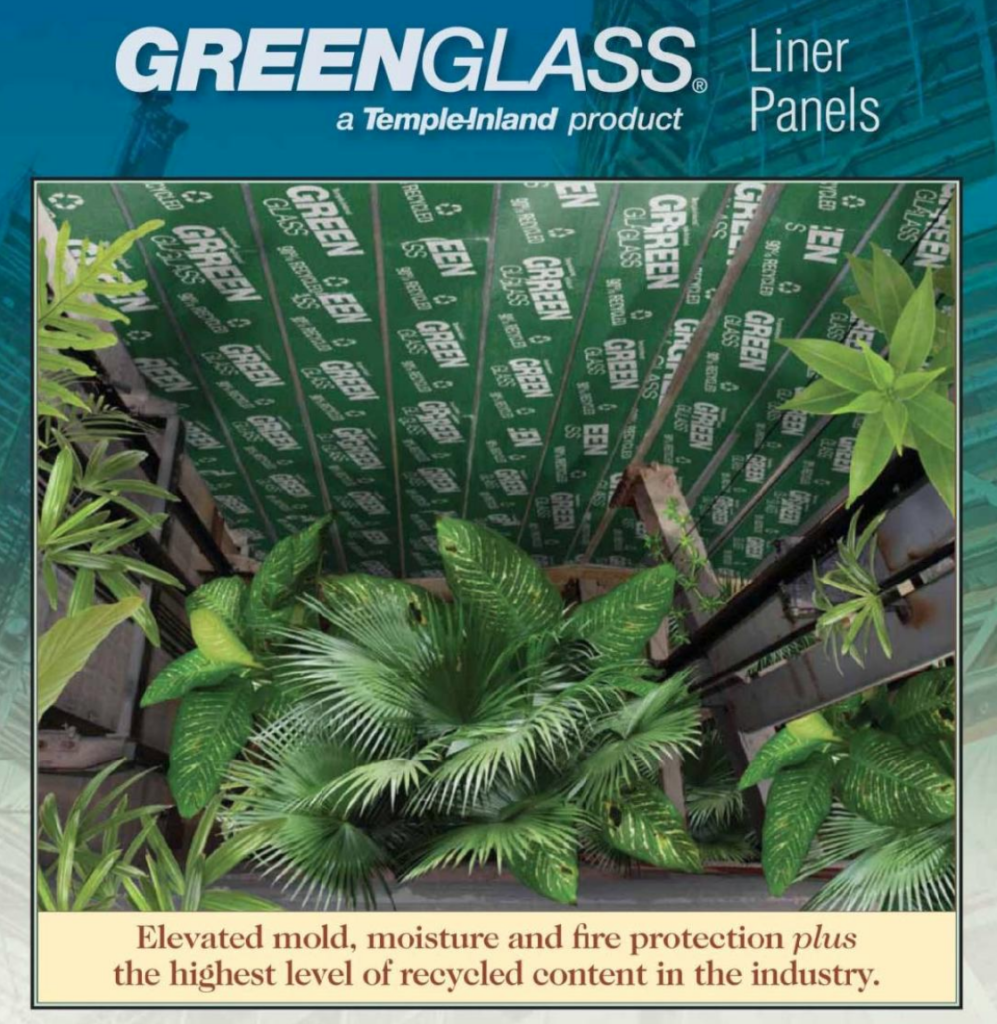
Designers were no longer choosing between old conventional construction versus attempting to be environmentally conscious. The choice became levels of distinction. How green should the building be? LEED buildings were celebrated, and rigor was being applied to the levels of LEED. Did you want to go for Platinum? Energy efficiency was assumed. It was now possible to move beyond reducing energy usage by aiming for Net-Zero, buildings that provide as much energy as they consume. Effectively, off the grid moved into the urban core. Designers could spend more time one design because the rules were understood, or at least more familiar.
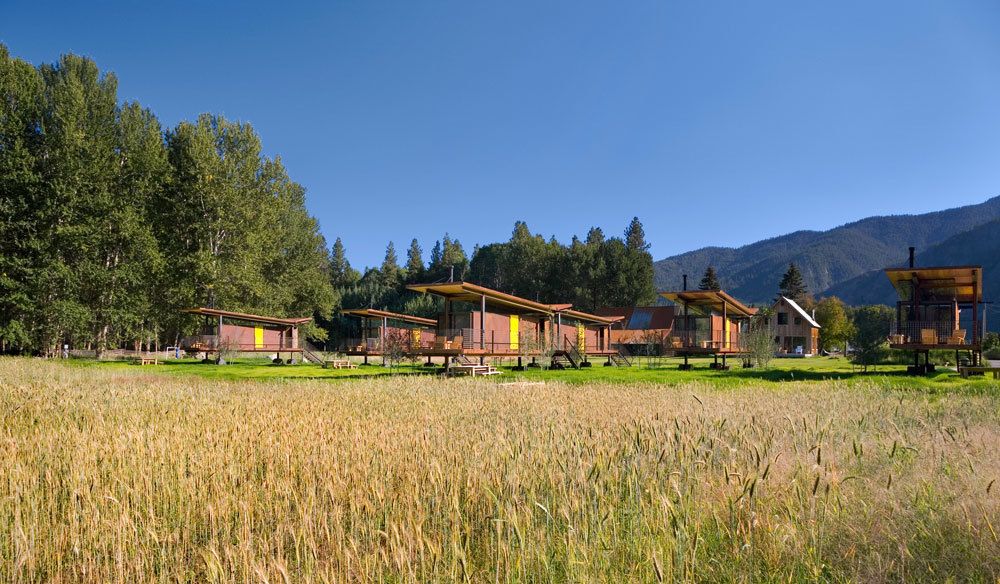
Rolling Huts, Methow Valley, Washington
Photo Credit: Rollinghuts.com
Plans emphasized touching the earth lightly, bringing nature into the human space. Let in the light, but only when it’s wanted. Natural light rules over artificial light, at least in that natural part of the day called ‘day’. Augment as necessary. Walls of glass increased in popularity as coatings and captured inert gases reduce heat load. Just make sure the reflections don’t upset the neighbors or traffic. For when light was needed, LEDs advanced in sophistication. Costs fell. Lifetimes increased. Color options expanded to include lights wafting through a spectrum of colors without banks of bulbs.
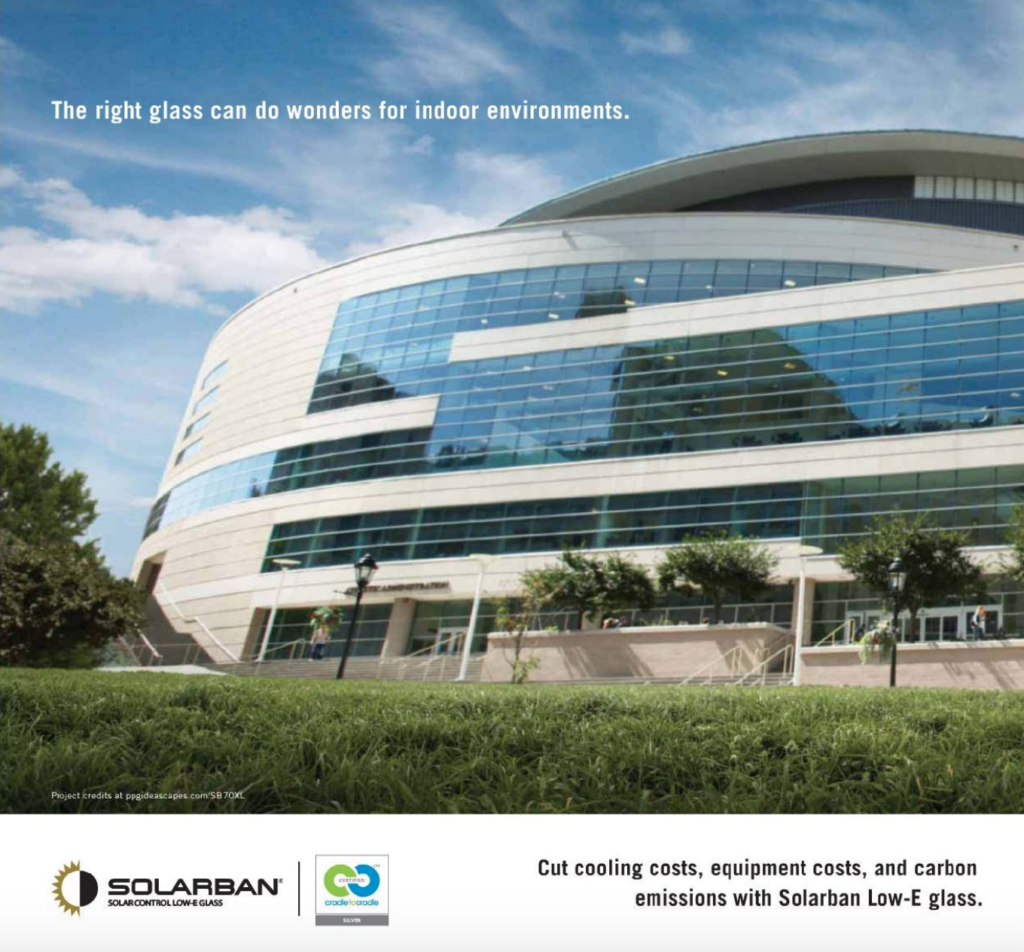
Ornamental metal lattices broke up exterior facades so walls weren’t just acres of mirrors. Besides, they provided passive shade on east, south, and west faces; and blocked headlights at street level. Just don’t make the lattices too easy to climb.
Back inside, outgassing became understood well enough to inspire the use of materials that were less volatile: glass, steel, concrete. Include plants, sometimes as walls that were really vertical gardens. Rainforests become role models.
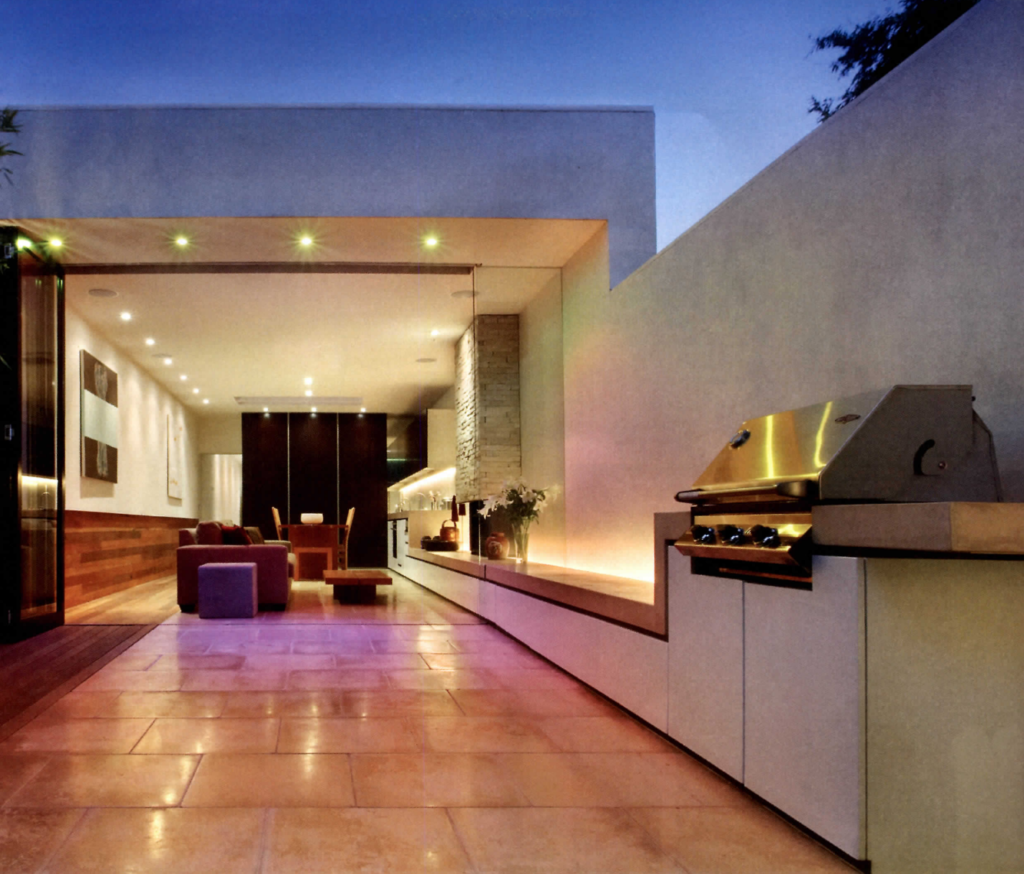
Renovation project centered around keeping it small and green, recycling materials from the original home and using only materials from the surrounding areas.
Photography John Wheatly and Shannon McGrath
Use wood right, and the nod to nature included organic materials and shapes, while also providing acoustic baffling. Houseplants and wood brought natural ambience to modern construction at little or no cost to the planet.
Recycling stepped to a new level as old buildings came down, but their parts arose as components of new buildings. Use the best, and carry character into new construction. It’s better than filling landfills with the remains of otherwise anachronistic architecture. With the right old building, it was more environmentally appropriate to leave the major structure as is, and replace the true energy users of heating and air conditioning systems. Work on water use and reduce the load on city supplies and maybe even sewage.
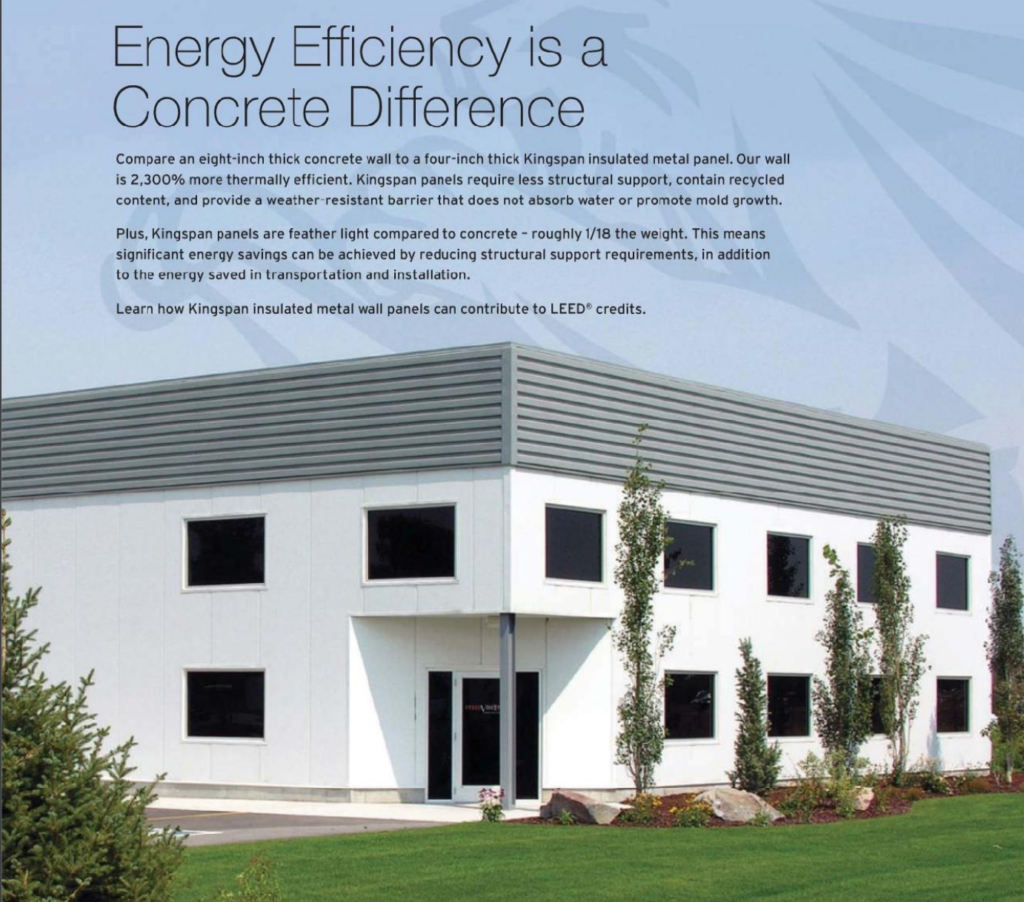
Many features that required significant efforts and permits for commercial buildings were easy to implement at home. Light bulbs were easy enough to switch. Window walls became attractive and practical replacements for walls that would otherwise block views. Grey water catchment became as easy as adding a rain barrel, an old idea that was welcomed back. Mini-split duct-less heat pumps were decades old, but suddenly became popular, especially when produced in volume. Industrial chic came home in more creative use of decorative concrete, stainless steel cables for handrails, renewable materials like cork and bamboo, as well as window walls that move and truly allow nature to breeze into the house. Permeable pavement may be difficult in town, but a weave of bricks in the house’s driveway was simple enough.
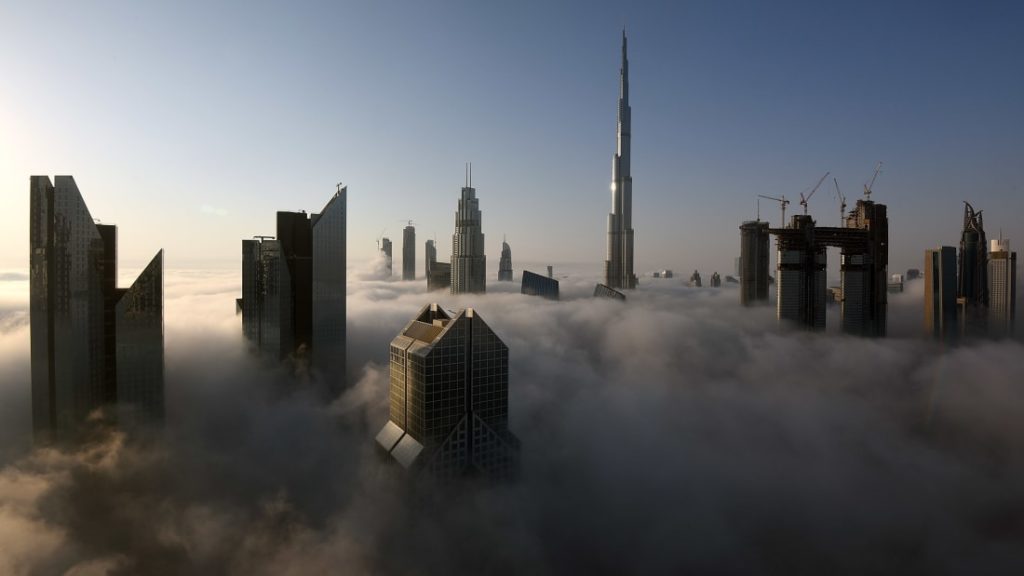
Photo Credit: Tom Dulat/Getty Images
Architects, designers, and engineers understood the codes, restrictions, and opportunities well enough to add flair. Creativity returned, and stayed within the new bounds. Enough was being saved in some places that folks were affording luxuries in other choices. Appliances sprouted knobs again, as long as the appliance looked European or rural or both. Pedestal tubs were back, and some showers sprouted a dozen showerheads. Tankless hot water meant a shower could last a long time. Home life swept out those same window walls as kitchens and living spaces more outdoors.
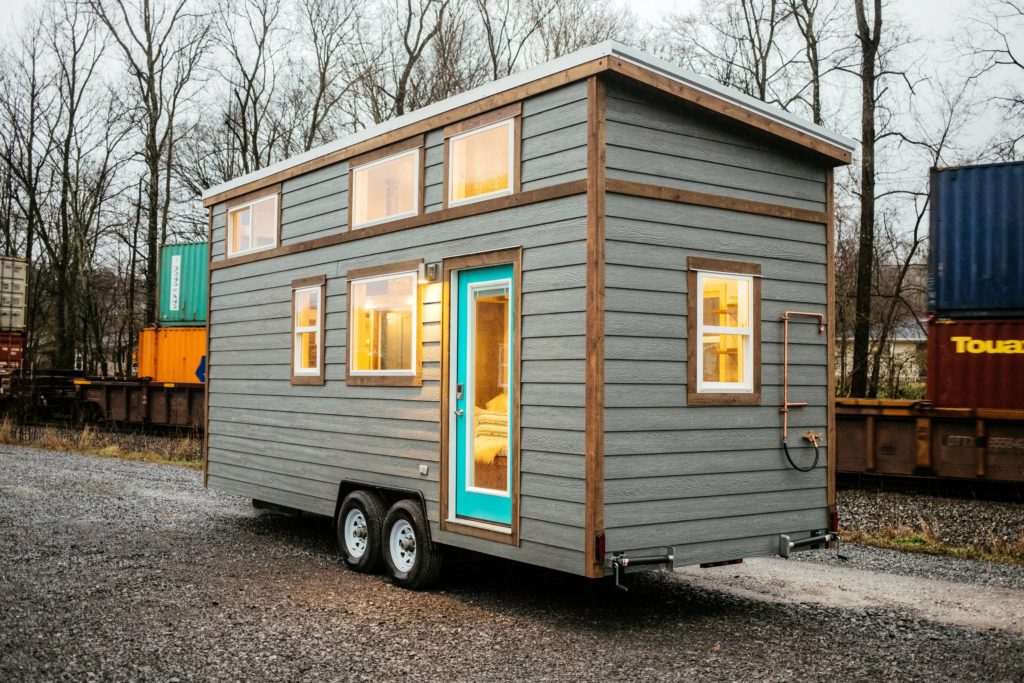
LP SmartSide exterior siding, awning over Mini Split, natural cedar trim, Tuff-Rib metal roof, custom fabricated copper outdoor shower.
Picture Credit: Wind River Tiny Homes
Less is more, at least for the people who understood that one of the ways to reduce their ecological footprint was to reduce their house’s footprint. Tiny houses became popular as minimalist housing, guest rooms, studios, and offices. The term Auxiliary Dwelling Unit became ADU became a common topic of conversation. Besides, after the financial scare, being debt-free in style became attractive.
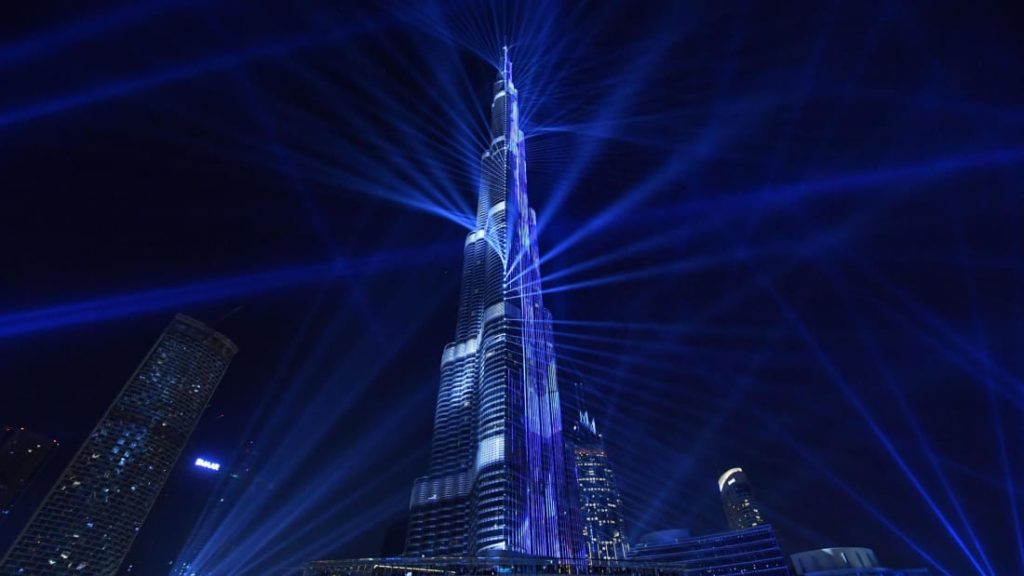
Photo Credit: GIUSEPPE CACACE/AFP/Getty Images
At the other end of the scale, architects, corporations, and governments started thinking big, really big. Record-setting skyscrapers popped up in Dubai and Shanghai. Advances in computer design, materials, and environmental controls as well as the realities of urban densification encourage constructs measured in fractions of a kilometer. How much taller can they go? Even elevators have a say, and welcomed required innovations..
It is only ten years ago, but in those ten years we’ve seen the smarthome transition from a novel idea to a practical application. It wasn’t an evolutionary progression that was possible to predict twenty years ago. The smarthome got its real start from the innovation that was the smartphone. Imagine what can happen next.
This is the most recent entry in a series of articles on the evolution of architecture, style, and design since 1950.
Fifty Years and Still Modern
Forty Years and Still Modern
Thirty Years and Still Modern
Twenty Years and Still Modern